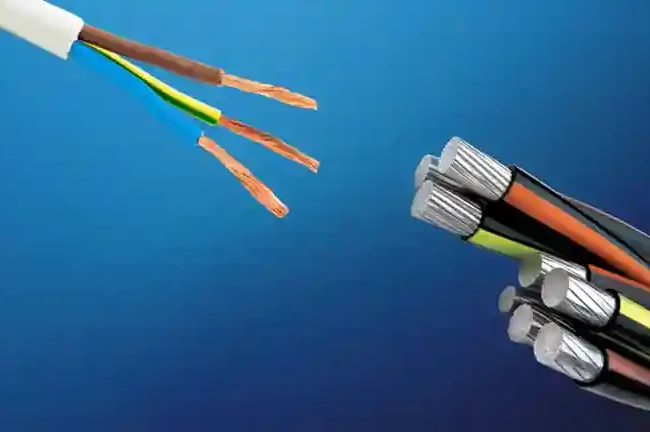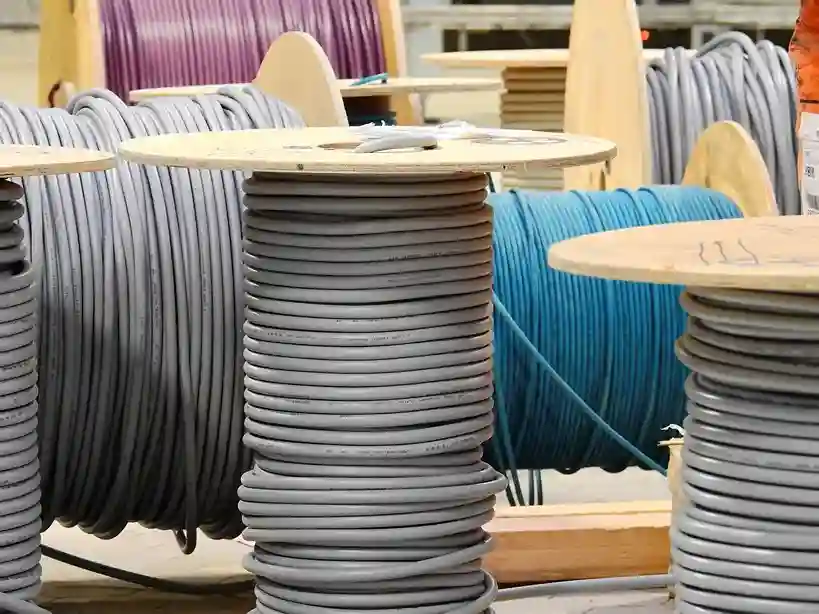
3 Things to Consider When Choosing Cable Sizes
Using the correct cable sizing is important for any electrical installation.
The cable size is usually defined by its cross-sectional area or diameter.
Why is it important for you to determine?
The significance of calculating for the correct cable size can be summarised in the following reasons below.
Prolongs the life of your electrical cables
In order to prevent heat build-up or damage, the ampacity or maximum current your cable can safely carry should be enough for the full load current and the short circuit current that will flow through the cable.
Less voltage drop
Early equipment failure and dangerous situations can soon occur when electrical equipment is operated outside of its acceptable voltage rating. The voltage drop across your circuitry, caused by the wrong cable size, can quickly reduce the output voltage of the power supply to a risky and intolerable limit.The greater the impedance of a circuit, the bigger the voltage drop.
Check the AS/NZ 3008 cabling standards to know how much voltage drop is acceptable for normal efficiency in Australia.
Less expenses
Avoid unnecessary added costs. The bigger the diameter of a cable, the more expensive its material will be. Don’t waste your budget on cable sizes bigger than what your electrical installation actually requires.
After gaining an understanding on the value of getting the correct cable size, let us first enumerate the primary factors in the cable selection process. These are also beneficial before we dive right in the three things you should consider when choosing cable sizes.
Main Factors in the Cable Selection Process
Current-Carrying Capacity
This requirement is the most demanding when domestic households or something similar only needs relatively shorter cable route lengths. This is dependent on the type of installation and the assessment of external factors, such as thermal insulation, that regulates the operating temperature of a cable.
Voltage Drop
Its limitation is often the deciding factor for longer cable route lengths. This key component is reliant on the impedance of a cable, the magnitude of the load current, and the load power factor.
Short-circuit Temperature Limit
Only in rare situations should you need to increase a cable size to meet this requirement for the voltage ratings of cables. This factor relies on the energy produced during a short-circuit condition.
3 Things to Consider When Choosing Cable Sizes
The key is to determine and choose the minimum allowable cable size that can cover all the conditions we have listed below to ensure that the cable does not get overloaded.
- Type of Power Supply
The current carrying capacity of alternating current (AC) and direct current (DC) cables are different. Therefore, you must identify the type of power supply to use the right cable for the job.
Unlike AC current that flows along the outer edges of an electrical cable, DC power has lower heating effects and it flows evenly in one direction. So, DC cables are less complex. Plus, it uses two poles only. On the other hand, AC cables have single or three-phase systems, and sometimes more.
- Load Type and Amount of Current
The load type (Amps, Watts, kW, h.p.) and amount of current should be specified when calculating how small or large cable sizes should be.
It is already stated that undersizing your cables can cause it to heat up or even burn when it cannot handle the load. Meanwhile, for commercial installations, oversizing cables can also cause problems such as causing the prospective fault current to be more than the breaking capacity of the instruments connected to the circuit.
- Derating Factors
Arrangement and Air Temperature
The arrangement of cables should ideally be in a certain way so they can only get a minimum space to scatter or transfer away heat in their surroundings. These derating factors are used in cable sizing calculations in order to properly assess the arrangement of cable for minimising unnecessary heat dissipation thus improving cable ampacity.
If you’re an experienced electrician or electrical engineer, you understand that there are other things you need to consider and calculate in order to get the correct cable sizing for your electrical installations.
CableHero: Your Cable Sizing Calculator
Why measure and calculate your needed cable sizes manually?
Try the CableHero web and mobile app for free today. Simply register and get access to a comprehensive but quick and easy to use cable size calculator.
Disclaimer: Although CableHero provides important and accurate tips and information through this website, CableHero does not make any representations or warranties as to the completeness, precision, trustworthiness, or timeliness of such information, and CableHero does not claim any duty to be held liable from the usage of the information.






